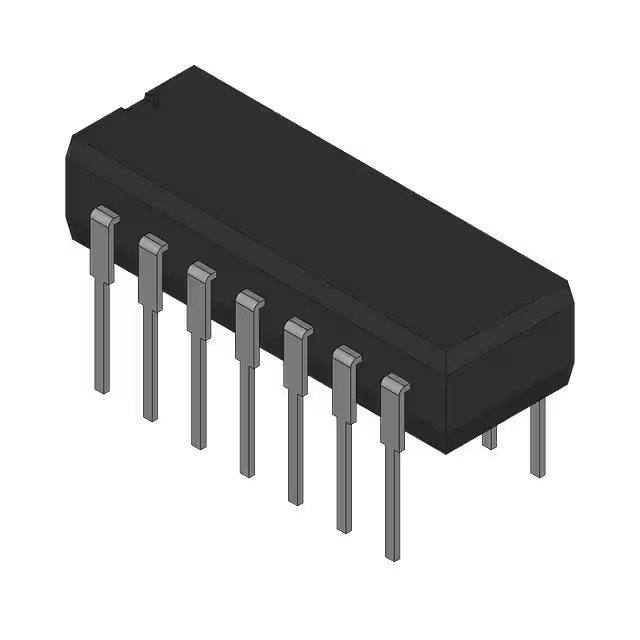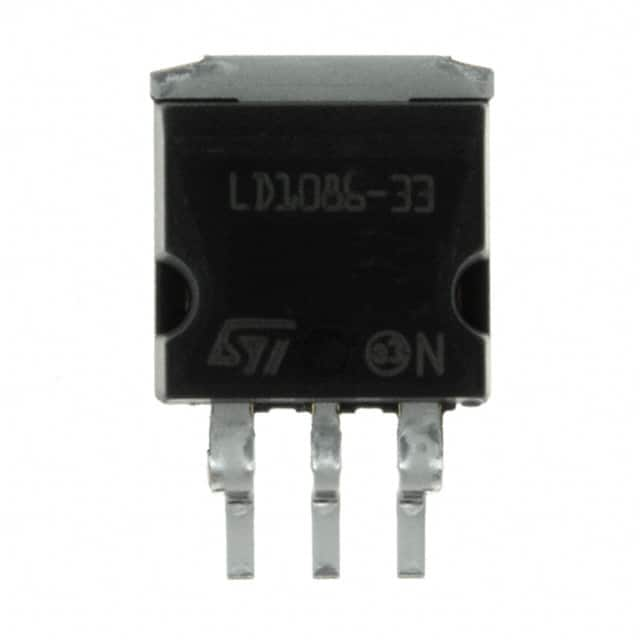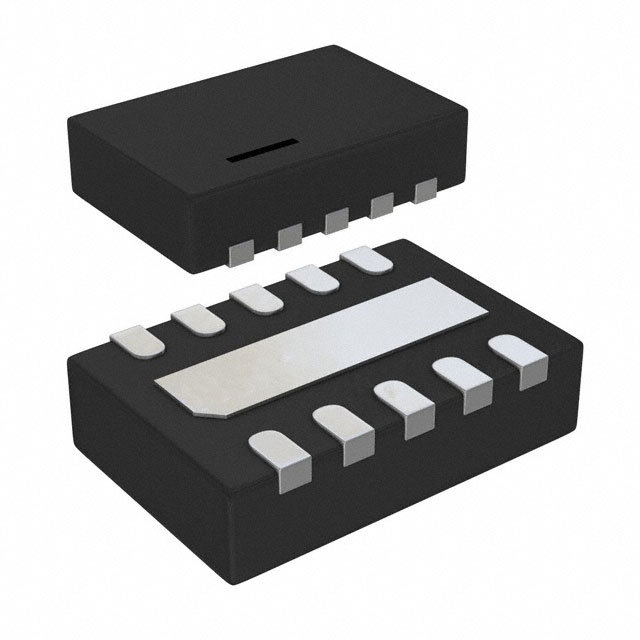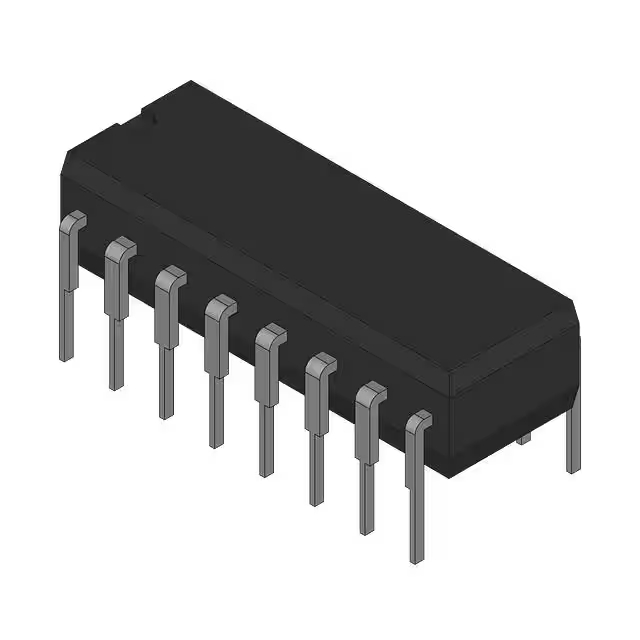AD7606 datasheet & Arduino | evaluation board
- Brands: Analog Devices
- Download: -
- Price: inquiry
- In Stock: 10629
- Input Type: -
- Supply Voltage - Max: -
- Supply Voltage - Min: -
- Package: -

FREE delivery for orders over HK$250.00

Quick response, quick quotaton

Flash shipment,no worries after sales

Original channel,guarantee of the authentic products
Key Features of the AD7606 Analog-to-Digital Converter
The AD7606 is a high-speed, low-power analog-to-digital converter (ADC) designed by Analog Devices. It offers 16-bit resolution and can sample up to 200 kSPS (kilosamples per second), making it ideal for applications like industrial control, data acquisition, and instrumentation. The AD7606 features simultaneous sampling on all channels, which is perfect for multi-channel systems requiring accurate, synchronized data. With an integrated analog front-end, it simplifies system design by minimizing the number of external components needed. Its low power consumption ensures that it works well in battery-operated or energy-sensitive applications. Whether you’re building a measurement system or working on sensor-based projects, the AD7606 provides reliable and accurate signal conversion.
AD7606 Pinout
| Pin | Label | Description |
|---|---|---|
| 1 | VDD | Power supply pin (typically 5V or 3.3V, depending on configuration). |
| 2 | GND | Ground pin, connected to the system ground. |
| 3 | VREF | Reference voltage input for the ADC, typically 5V or lower. |
| 4 | RD | Read strobe pin, used to initiate a read operation from the ADC. |
| 5 | CONVST | Conversion start trigger, used to initiate the analog-to-digital conversion. |
| 6 | CS | Chip select pin, used to enable communication with the ADC. |
| 7 | DOUT | Data output pin, used to transfer the ADC conversion result. |
| 8 | DIN | Data input pin, used to send configuration data to the ADC. |
| 9 | SCK | Serial clock pin, used to synchronize the data transfer. |
| 10 | BUSY | Busy pin, indicates when the ADC is processing data. |
Using the AD7606 Pinout
The AD7606 has several important pins that control its operation. The VDD and GND pins (Pins 1 and 2) supply power to the chip, while the VREF pin (Pin 3) sets the reference voltage for analog-to-digital conversion. The RD pin (Pin 4) initiates a read operation, and the CONVST pin (Pin 5) is used to start the conversion process. The CS pin (Pin 6) selects the chip for communication. Data is transferred through the DOUT (Pin 7) and DIN (Pin 8) pins, and the SCK (Pin 9) synchronizes the data transfer. The BUSY pin (Pin 10) indicates when the ADC is busy processing data. Make sure to properly configure the voltage levels for VDD and VREF, and ensure that CS and CONVST are controlled to start conversions and read data correctly.
AD7606 Equivalent Models
Here’s a comparison of equivalent ADC models with similar packaging and features:
| Model | Resolution | Sampling Rate | Input Voltage Range | Interface | Power Supply | Package Type | Key Features |
|---|---|---|---|---|---|---|---|
| AD7606 | 16-bit | 200 kSPS | ±10V | Parallel | 5V or 3.3V | LQFP-32 | High-speed, simultaneous sampling on all channels |
| AD7607 | 16-bit | 200 kSPS | ±10V | Serial | 5V or 3.3V | LQFP-32 | Similar to AD7606 but with serial interface |
| ADS7886 | 16-bit | 500 kSPS | ±10V | SPI | 5V | TSSOP-16 | Faster sampling rate, low power, serial interface |
| LTC2499 | 16-bit | 120 kSPS | ±10V | I2C | 2.7V to 5.5V | SOIC-16 | I2C interface, ultra-low power consumption |
Substitution Tips
When replacing the AD7606, make sure to consider the sampling rate, interface type, and input voltage range. For instance, the AD7607 offers the same sampling rate and resolution but switches to a serial interface, which may be more suitable for certain communication protocols. If you need a higher sampling rate, the ADS7886 provides up to 500 kSPS, though it uses an SPI interface instead of parallel. For low-power, I2C-based applications, the LTC2499 can be a good alternative, though its sampling rate is slightly lower at 120 kSPS. Always ensure the power supply voltage and package type are compatible with your design to avoid issues during integration.
AD7606 Arduino Integration
The AD7606 is a great choice for Arduino projects that require high-resolution analog-to-digital conversion. By connecting the AD7606 to an Arduino, you can easily interface it for applications like sensor readings, data acquisition, and signal processing. With the AD7606’s 16-bit resolution and up to 200 kSPS sampling rate, it provides accurate and fast data conversion, which is crucial for real-time applications. The chip communicates via a parallel interface, which can be connected to the Arduino’s digital pins. Using libraries and example code, integrating the AD7606 with Arduino is straightforward, enabling you to enhance your project with precise analog data.
AD7606 Evaluation Board
The AD7606 evaluation board is an excellent tool for quickly testing and evaluating the performance of the AD7606 in your application. The board comes pre-configured and ready to connect to your system, allowing you to test the ADC’s features and performance in real-time. It includes all necessary components like decoupling capacitors, resistors, and connectors, making it easy to set up and start evaluating the ADC’s resolution, speed, and accuracy. Whether you’re designing a new system or prototyping a design, the AD7606 evaluation board simplifies the process and helps you better understand how the ADC integrates into your project.
AD7606 Circuit Diagram and Analysis
The AD7606 is a versatile 16-bit, 8-channel analog-to-digital converter (ADC) from Analog Devices, designed for simultaneous sampling of multiple analog signals. Here’s an overview of its typical application circuit:
Circuit Components and Configuration
-
Power Supply: The AD7606 operates with a single 5V supply. Decoupling capacitors (100nF and 10µF) are placed close to the power supply pins (AVCC, VDRIVE) to minimize noise and ensure stable operation.
-
Reference Voltage: The REFCAPA and REFCAPB pins are connected together and decoupled with a 10µF capacitor. The REFIN/REFOUT pin is used to provide the reference voltage, which can be either internal or external.
-
Analog Inputs: The AD7606 features 8 differential analog input channels (V1 to V8), each with its own ground reference (V1GND to V8GND). The input voltage range is selectable between ±5V and ±10V via the RANGE pin.
-
Conversion Control: The CONVST_A and CONVST_B pins are used to initiate the conversion process. These pins can be tied together to trigger simultaneous sampling on all channels.
-
Digital Interface: The AD7606 supports parallel, serial, and byte modes for data output. The interface mode is selected using the PAR/SER/BYTE SEL pin.
-
Additional Pins: The RESET pin is used to reset the device, and the BUSY pin indicates the status of the conversion process.
Circuit Analysis
This circuit configuration ensures that the AD7606 operates efficiently and accurately. The decoupling capacitors help filter out noise from the power supply, while the reference voltage setup ensures consistent and precise conversions. The differential analog inputs allow for accurate measurement of signals with respect to their own ground references. The conversion control pins enable synchronized sampling across all channels, and the digital interface options provide flexibility in data communication. Proper grounding and layout are crucial to minimize noise and ensure reliable operation of the ADC.
For a detailed schematic and further information, you can refer to the AD7606 Application Circuit.


















